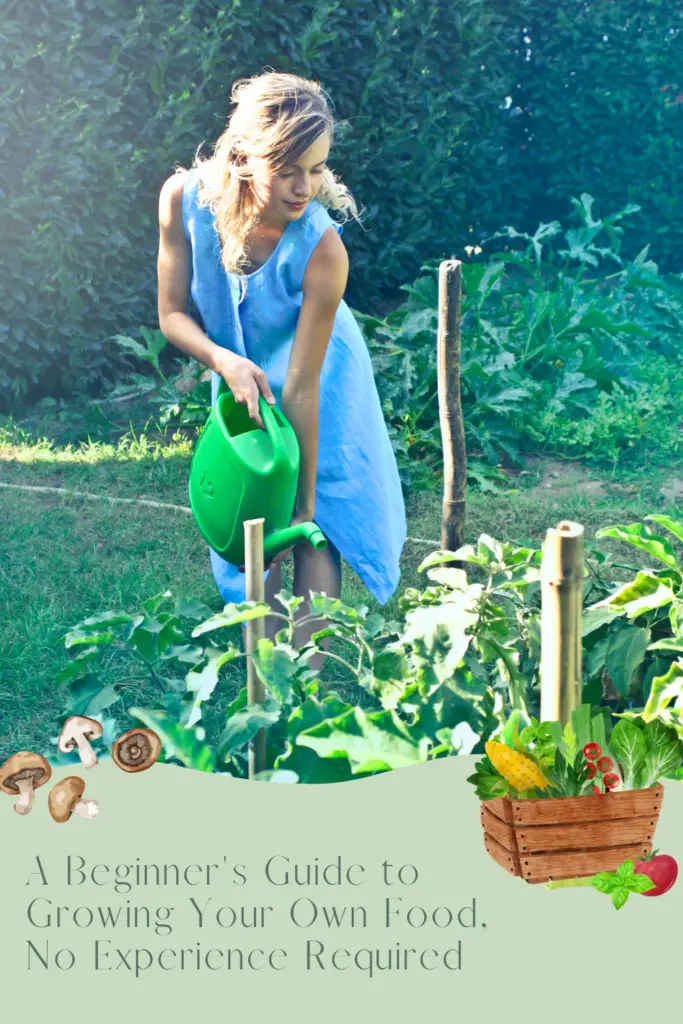A Beginner’s Guide to Growing Your Own Food, No Experience Required
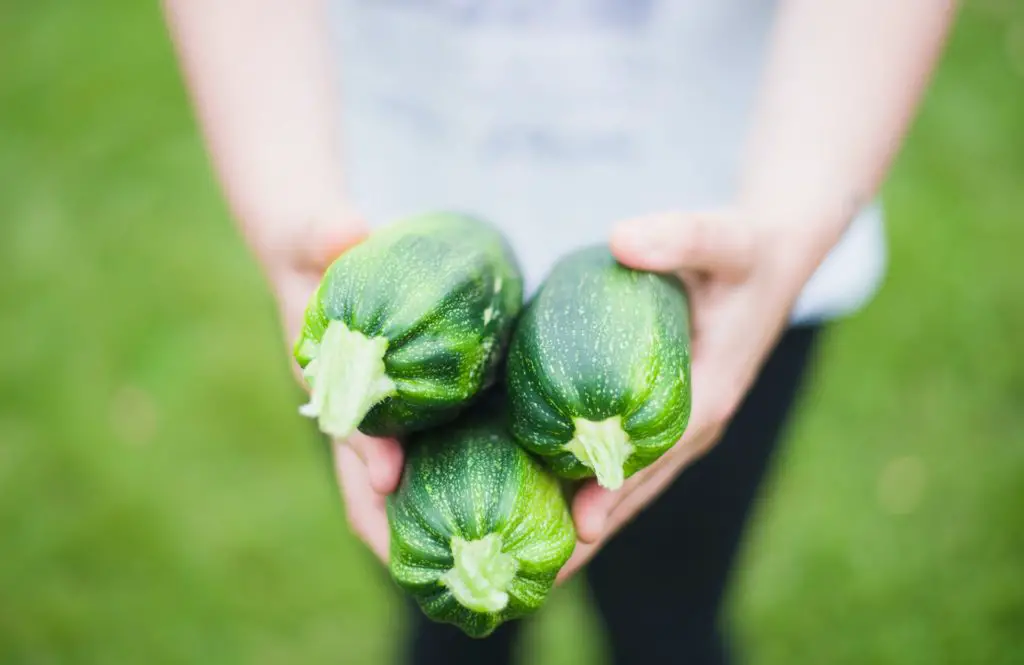
Picture this: You, yes you, growing your very own food. Can you imagine the joy of plucking fresh, organic, and oh-so-delicious produce from your backyard or balcony? People have been doing it for thousands of years, and you can to.
Growing our own food has been a game-changer for me and my loved ones. It’s brought so much joy, fulfillment, and knowledge into our lives. There’s nothing quite like witnessing the growth of our plants, from tiny seeds to abundant harvests. And the flavors? Oh, they’re beyond compare—bursting with the pure goodness that only comes from homegrown goodies.
But it’s not just about the physical nourishment. Growing food is a way of life that nourishes our minds, spirits, and the very essence of who we are. It’s an invitation to slow down, appreciate the beauty of nature’s cycles, and live with intention and gratitude. It’s a chance to create beauty and abundance, not just in our gardens but in our souls.
Enough chit-chat; It’s time to sow the seeds of joy, connection, and pure magic.
Choosing a Method That Works For You
When it comes to creating a garden that perfectly suits your lifestyle and budget, there are a myriad of options to consider. Each gardening method offers its own unique charm and benefits, allowing you to find the perfect fit for your needs. Whether you’re a free-spirited soul with a small balcony oasis or a nature-loving mama with a patch of earth to call your own, there’s a gardening approach that will embrace you just as you are. From container gardening on a balcony to raised bed gardening in your backyard, or even joining a community garden where souls like ours can bloom together, the options are as diverse as the flowers in a meadow.
Take a moment to consider the practicalities of your space and time, and decide which gardening method suits you best. By finding the perfect balance between practicality and passion, you can create a garden that not only flourishes with vibrant plants and bountiful harvests but also brings you immense joy and fulfillment on your unique gardening journey.
Personally, I opted for Canadian Tire buckets, which proved to be an excellent choice due to their affordability and versatility. They are easily accessible and allowed me to effortlessly drill drainage holes at the bottom, ensuring the optimal health of my plants. I also placed a layer of rocks at the bottom of the buckets to enhance drainage and promote healthy root development. So far my bucket garden has been doing wonderful! And it’s so exciting to see as an amateur gardener.
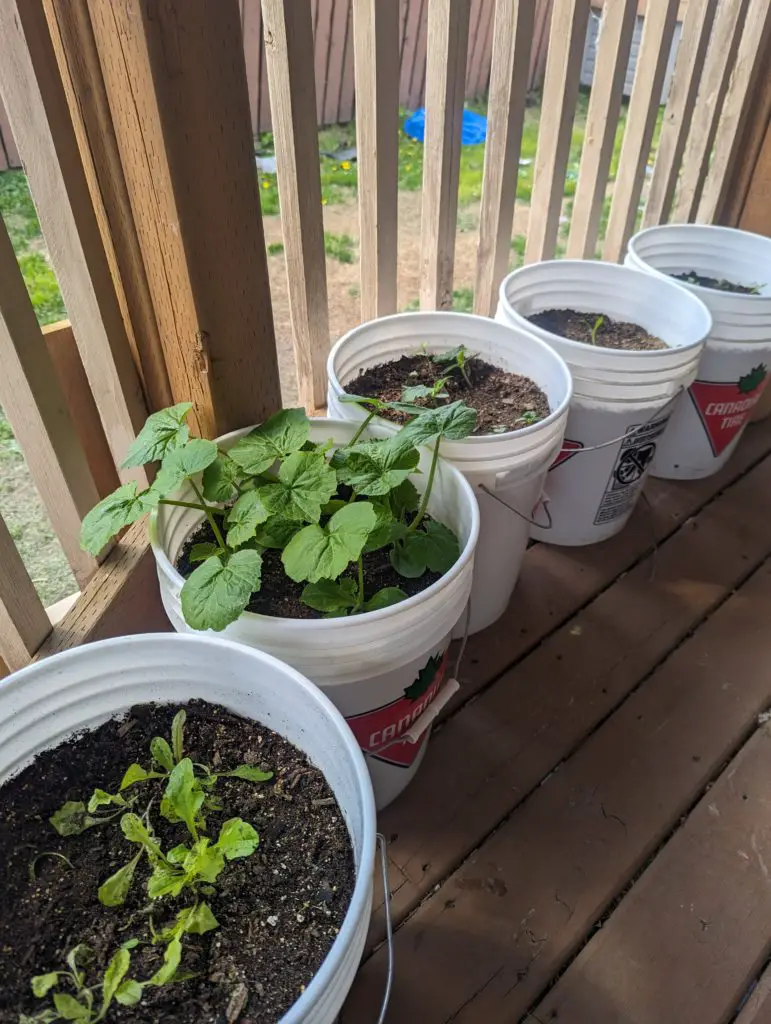
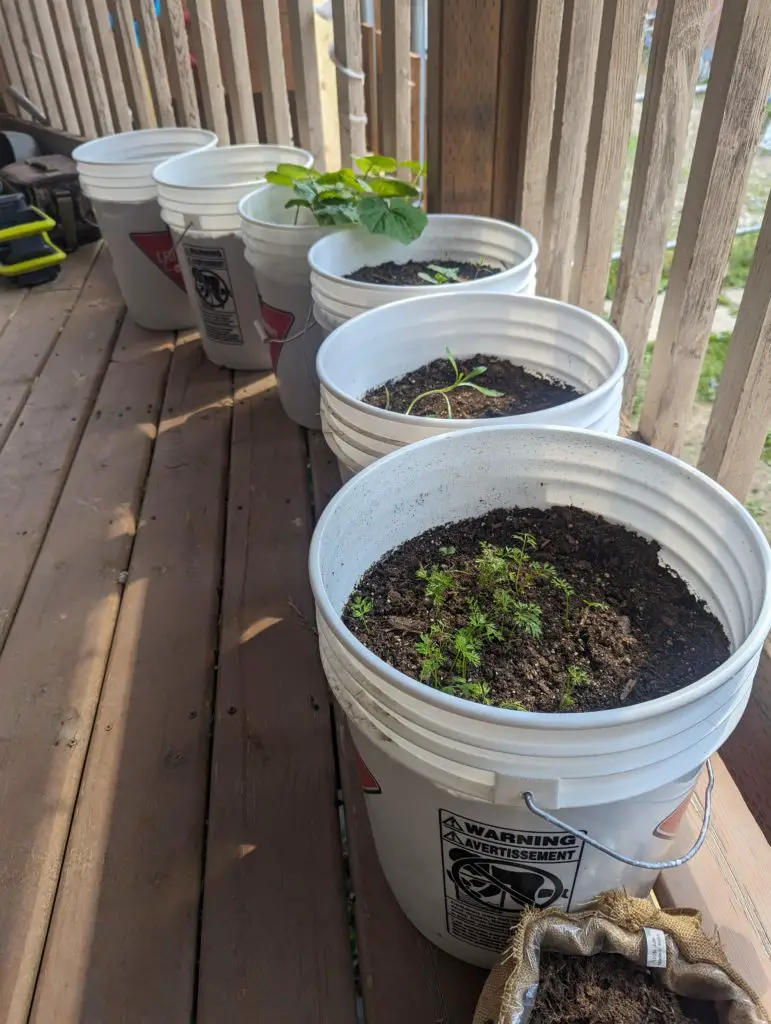
Tailoring Your Garden to Your Climate and Sunlight
When it comes to planting, it’s essential to consider your climate and growing zone, as these factors play a significant role in determining the success of your harvest. Take a moment to discover the unique characteristics of your region, the weather patterns, and the average frost dates. Armed with this knowledge, you can choose varieties that thrive in your zone, ensuring a bountiful yield and happy plants. Remember, Mother Nature is a master of adaptation, and there are countless varieties available for every climate.
In my humble bucket garden, I’ve carefully chosen a variety of veggies that thrives in my climate and suits my family’s taste. Carrots, lettuce, zucchini, onions, cucumbers, and tomatoes have become staples in our homegrown meals. These choices not only align with the conditions in my zone but also offer a delightful array of flavors, textures, and colors to enhance our culinary adventures.
Another crucial consideration is sunlight. Observe the light patterns in your outdoor space, does your garden enjoy full sun the majority of the day? Or does it dance with dappled shade? Understanding the sunlight patterns in your space will guide you in selecting the fruits and vegetables that thrive in varying light conditions. From sun-loving tomatoes to leafy greens that appreciate a touch of shade, there is a cornucopia of choices to suit every nook and cranny of your garden.
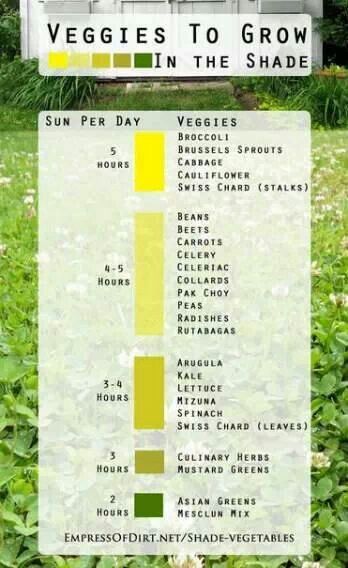
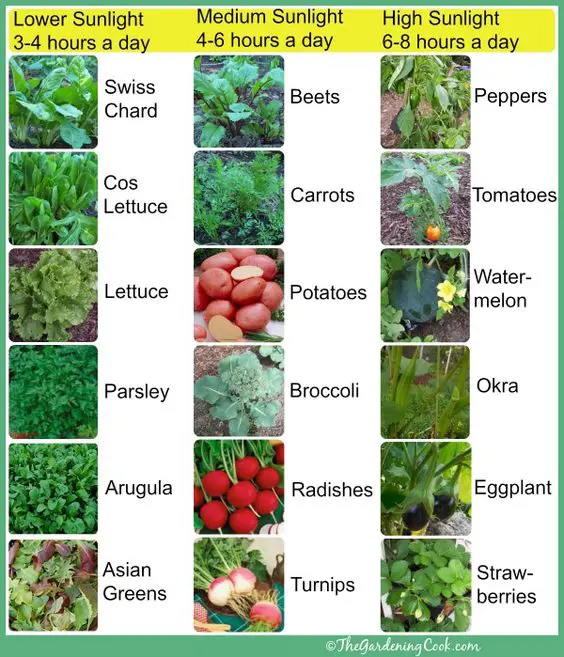
Plant at The Right Times
It’s important to keep in mind that different plants have different preferences when it comes to planting times. Understanding the seasonal rhythms and the specific needs of each crop will set you on the path to a thriving garden.
In my cozy zone 3a abode, where winter embraces us with temperatures that reach a bone-chilling 45 below, I learned to be patient and wait for the late spring, when the last frost bids farewell, before planting my seeds, or bringing my started seeds outdoors. I can’t help but admire the lucky gardeners in warmer states like Texas. There, they have the luxury of starting their vegetable planting as early as late February, embracing an extended growing season. It’s fascinating how different climates and geographical locations shape our gardening timelines. So, if you find yourself in a region with milder winters and balmy springs, seize the opportunity to kick-start your gardening journey a little earlier.
To determine the appropriate planting times for your specific location, I highly recommend consulting resources such as Canada’s Plant Hardiness Map or the USDA Plant Hardiness Zone Map for American readers. These valuable references provide insights into the specific zones and their corresponding climates. With this knowledge, you’ll be able to identify which fruits and vegetables are best suited for your region and the ideal time to sow their seeds.
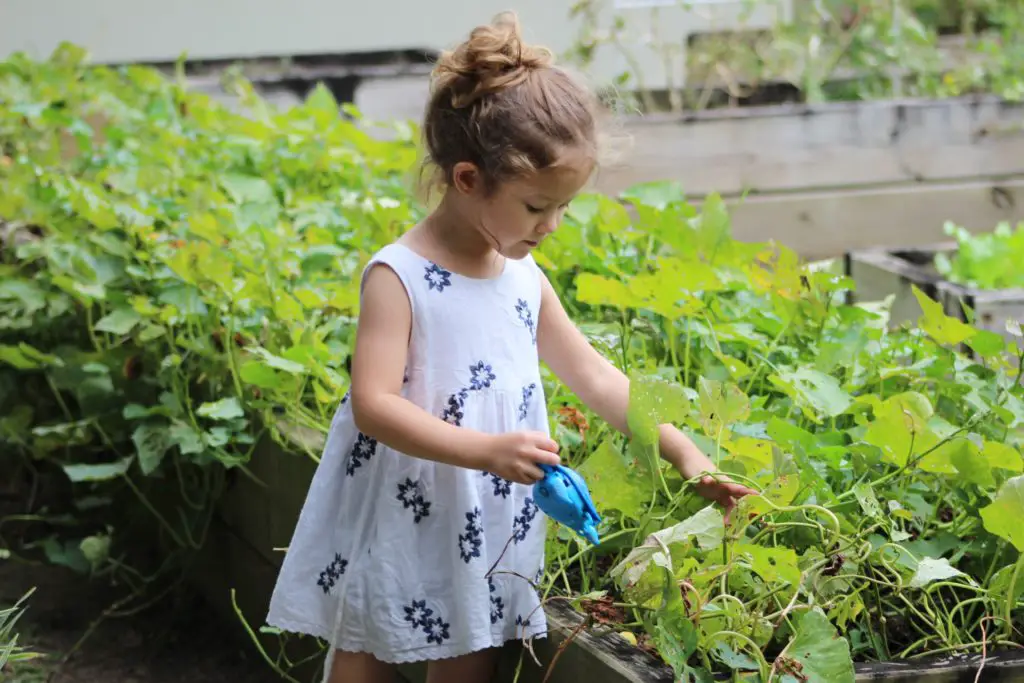
Feed and Water Your Garden Appropriately
When it comes to watering your plants, it’s important to find the right balance and pay attention to the needs of your garden. Seedlings, being delicate and reliant on consistent moisture, necessitate daily watering to prevent dehydration. Gradually reduce the frequency of watering as the plants mature, enabling them to establish self-sufficiency while benefiting from the nourishment provided by the soil. Transplants, being newcomers to the garden, require additional care and regular watering to support the development of their roots. It is recommended to water transplants every other day until their roots firmly anchor themselves in the soil. Once their roots are firmly grounded, we can adjust our watering regimen to align with the unique qualities of our soil, humidity levels, and local rainfall patterns.
If your plants are in the ground, a general guideline is to provide them with about one inch of water per week. However, it’s not just a matter of watering once a week. For optimal growth and health, it’s best to water your plants around three times a week, taking into account any rainfall. Take a handful of soil and give it a gentle squeeze. If it sticks together and forms a ball, that’s a sign that it’s moist enough. On the other hand, if it crumbles and looks dry, it’s a clear indication that it’s time to water your plants.
If you’ve decided on growing your veggies in containers (just like me), that means watering with some extra TLC. Containers may be adorable homes for our plants, but they have a sneaky way of drying out faster than traditional garden beds. Daily watering is your secret weapon, especially during those blazing hot days when Mr. Sun cranks up the heat. This regular watering routine helps prevent the soil in containers from getting parched, ensuring your precious plants get the hydration they need to thrive. And here’s a pro-tip: water deeply to quench their thirst, allowing the water to soak through the entire root zone, rather than just dampening the surface.
But hold on, because watering alone isn’t enough to keep our veggie buddies nourished. They need a little extra boost of nutrients to grow big and strong. Vegetables growing in well-drained, porous soil have voracious appetites and appreciate some regular fertilization. We’re talking about a balanced fertilizer that contains all those essential elements for healthy growth. If you want to keep it organic, here’s a great way to make your very own compost (which is fantastic fertilizer, but also helps your soil retain moisture!).
Apply that magical balanced fertilizer every three to four weeks throughout the growing season. This schedule ensures your veggies receive a steady supply of nutrients, fueling their development and maximizing their potential harvest. Remember, even when those plants start to produce those juicy goodies, don’t skimp on the fertilization. Keep feeding them to maintain their vitality and ensure a continuous flow of fresh, scrumptious produce to enjoy.
With a little care and attention, our vegetable gardens will reward us with an abundance of delicious goodness. Get ready to savor the fruits (and veggies) of your labor!
